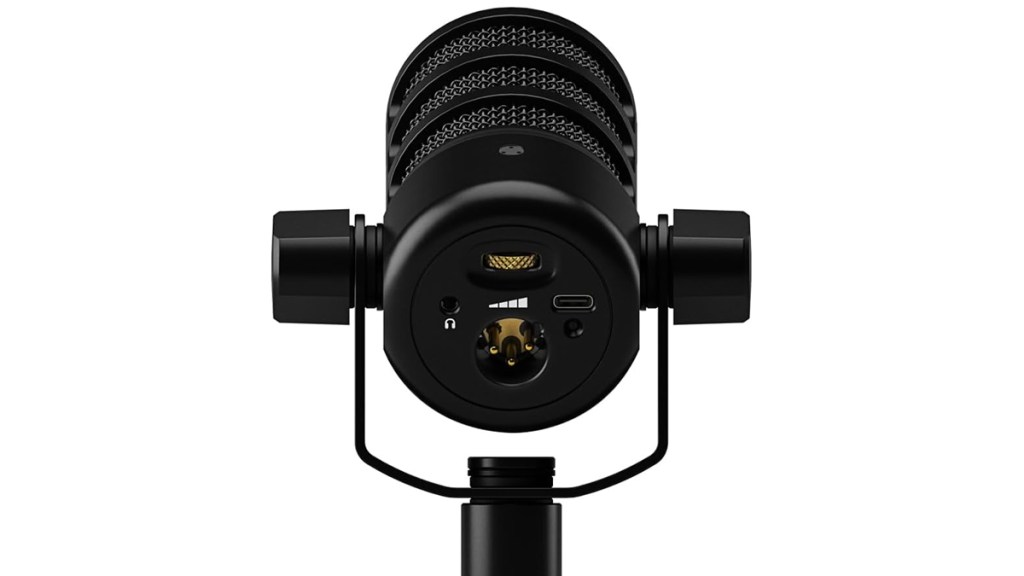The Rode PodMic USB aims to build upon what made the original PodMic so good, adding flexibility with USB functionality. After loving the original, I’ve been eager to give the USB variant a try, though I’m also wary of the significantly increased price tag. Here is my review.
Why not both?

With the added versatility of both a USB and XLR connection, the Rode PodMic USB opens itself up to a wider audience of potential users. If you’re a newcomer who wants to start out with the simple plug-and-play USB connection before moving up to XLR later down the road, the PodMic USB is here. Or, if you’re a veteran, the USB connection can come in handy for portable recording setups, while the XLR is what you’ll use when back in your home studio.
Like its non-USB sibling, which I’ve reviewed before, the Rode PodMic USB boasts the same fantastic build quality and timeless design. It certainly looks the part in a recording setup.
How does it sound?
Of course, looking good isn’t as important as sounding good. Thankfully, the PodMic USB has a great stock sound that responds extremely well to processing. The embedded video has me demonstrating the stock XLR sound, the XLR sound with live processing using the Rodecaster Pro II, and the stock USB sound.
The downsides

While my review of the original Rode PodMic was glowing, as I was pretty blown away by the sound quality offered for the price, I have some reservations about the USB variant. First is the lack of any controls on the mic itself. With USB mics, I find it very convenient to have gain or monitoring volume knobs on the body of the microphone itself. Sadly, the Rode PodMic USB doesn’t have any controls like that.
My other concern about the PodMic USB is its pricing. Launching at $199, this variant is double the price of the original. While I can appreciate the flexibility that USB offers, I think an extra $100 is a big ask.
Final Verdict
The Rode PodMic USB builds on the original’s strengths with added USB functionality, catering to both beginners and experienced users. It retains its high build quality and appealing design, and its sound quality is commendable. However, the absence of onboard controls and the higher price point are considerations to keep in mind. Overall, it offers flexibility and strong performance, but potential buyers should weigh these factors carefully.
Positives and Negatives
-
Flexibility can be very convenient
-
Great build quality and timeless design
-
Impressive sound quality that responds well to processing
-
No onboard controls
-
Higher price is tough to justify
Disclosure: Review sample provided by Rode.







